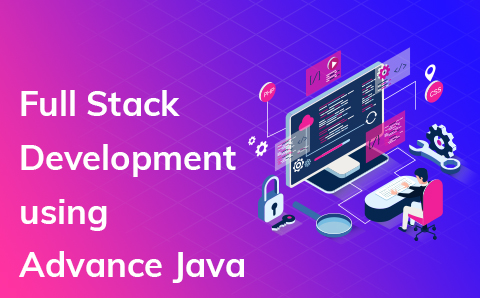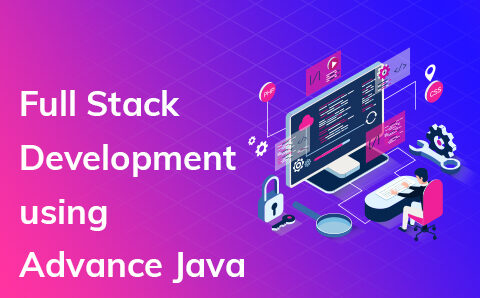Full Stack Development is a lucrative field that offers various job roles. Learning Advanced Java with Full Stack Development gives a good career growth opportunity for beginners. Choose the best instructor for yourself and become a professional front-end and back-end Java web developer.
Euphoria Genx offers the best Full Stack Development using the Advanced Java course in Kolkata. We are the best institute in Kolkata as we advance your career and offer 100% placement in your particular field. We are surrounded by industry experts who spread best-in-class guidance to the students. Our main motive is to shape every student with the right discussion and knowledge.
In our Full Stack Development using Advanced Java course we added an introduction, static website designing, CSS, JavaScript, JQuery, JEE, Java Servlet, Relational Database Management System, Database using Servlet, RequestDispatcher and Session Management in Servlet, Event classes, interfaces and Listeners, Java Server Pages(JSP), Java Beans, Scopes, and Attributes, JSTL and JSP Expression Language, and documentation. Also, our expert teaching faculty offers the students to work on live projects with the flick they can never fail in the future.
Are you looking to start your career as a full-stack Java web developer? No worries! Euphoria Genx has your back. Choose our Full Stack Development using the Advanced Java training in Kolkata and get experts to consult.
Enroll with us Now!




